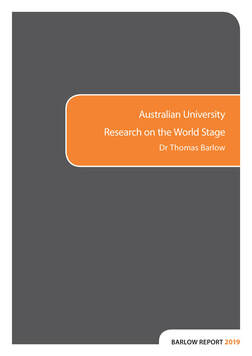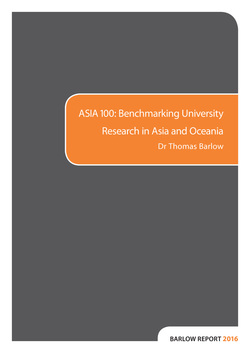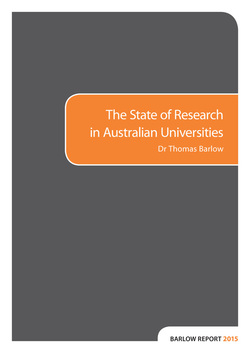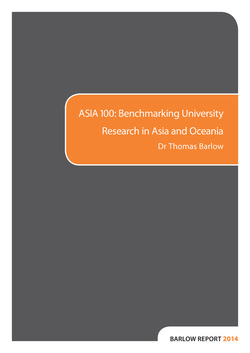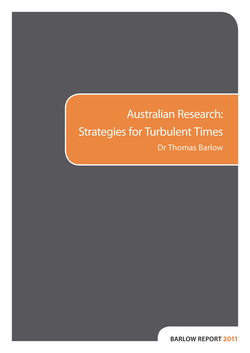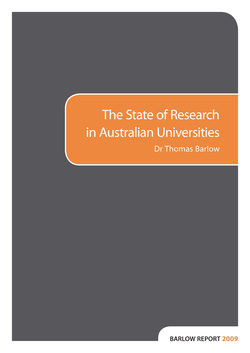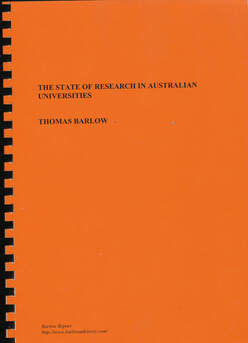Roughly every two years since 2007, Thomas Barlow has published a major analysis of the Australian R&D system with a particular focus on universities. The 2019 edition benchmarks the research performance of Australian universities against that of thousands of other universities worldwide. It also introduces a comprehensive methodology for systematic strategic planning in research.
